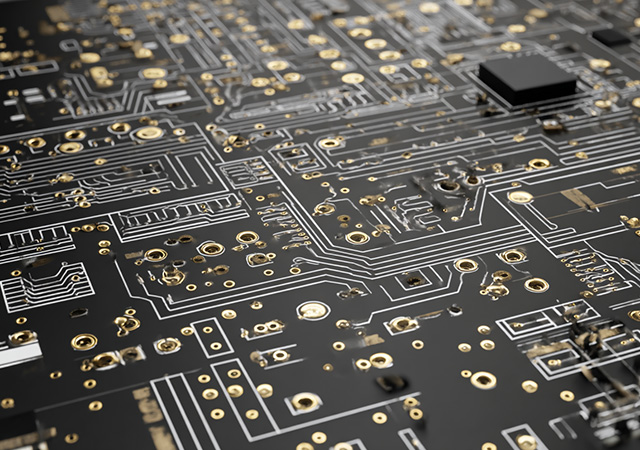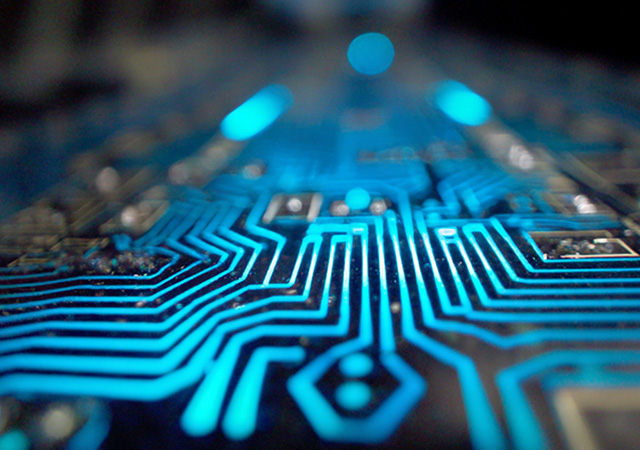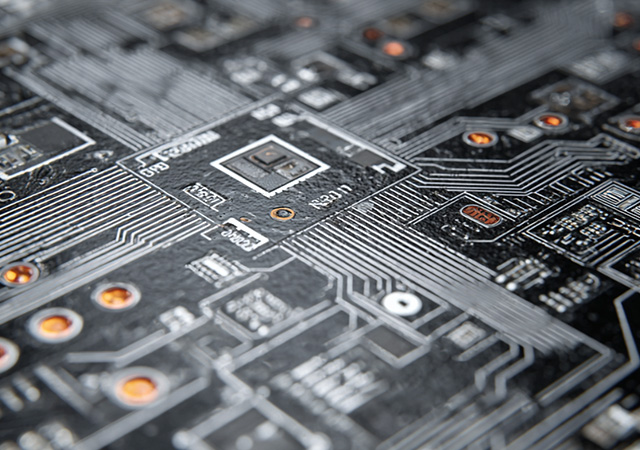-
- PCB TYPE
- PRINTED CIRCUIT BOARD PROTOTYPE ALUMINUM PRINTED CIRCUIT BOARD R&F PCB FPC HIGH FREQUENCY PCB HIGH-TG PCB HEAVY COPPER PCB HDI PCB PCB FOR LIGHTING METAL CORE PCB

In the rapidly evolving landscape of electronic manufacturing, Ventec Aluminum Based Circuit Laminate has emerged as a transformative solution for high-performance circuits demanding superior thermal management, structural stability, and design flexibility. As industries from automotive electrification to next-gen telecommunications push the boundaries of power density and miniaturization, traditional circuit materials often fall short. This article explores the unique attributes, technical innovations, application diversity, and manufacturing advancements of Ventec’s aluminum-based circuit laminates, highlighting their role in enabling the next generation of electronic systems.

In the realm of advanced electronics manufacturing, Ventec Aluminum CCL (Copper Clad Laminate) materials have redefined thermal management and structural integrity. Engineered to address the escalating demands of high-power applications in automotive, 5G telecommunications, and industrial automation, Ventec’s aluminum-based CCLs offer a harmonious blend of thermal efficiency, electrical reliability, and design versatility. This article provides an in-depth exploration of Ventec Aluminum CCLs, delving into their material science, industry applications, sustainability initiatives, and future innovations, with a focus on technical rigor and SEO optimization.

Aluminum printed circuit boards (PCBs) have transcended their traditional role as thermal management solutions to become versatile platforms enabling innovation across electronics. As demand for high-power, compact, and durable devices grows, aluminum PCBs have evolved through material diversification, advanced manufacturing, and application expansion. This article explores the current landscape of aluminum PCBs, focusing on material innovations beyond standard alloys, emerging use cases in specialized industries, sustainable manufacturing practices, and design strategies that maximize their unique advantages.

High reflective soldermask has emerged as a critical component in modern electronics, where light efficiency and thermal management are paramount. Unlike standard soldermasks, which prioritize electrical insulation and corrosion resistance, high reflective variants are engineered to maximize light reflection, minimizing energy loss in light-emitting applications while maintaining robust protective properties. This article explores the material science behind high reflective soldermasks, their performance characteristics, key applications across industries, and advancements driving their evolution in high-efficiency electronics.

White high reflective solder mask has emerged as a critical material in modern PCB manufacturing, bridging optical performance and electrical functionality in applications where light efficiency is paramount. Unlike standard green or black solder masks, which prioritize electrical insulation and corrosion resistance, white high reflective variants are engineered to maximize light reflection, making them indispensable in LED lighting, display technologies, and optical sensors. This article explores the material composition, performance characteristics, manufacturing processes, and key applications of white high reflective solder mask, highlighting its role in enhancing energy efficiency and optical precision in electronic systems.

Got project ready to assembly? Contact us: info@apollopcb.com



We're not around but we still want to hear from you! Leave us a note:

Leave Message to APOLLOPCB
